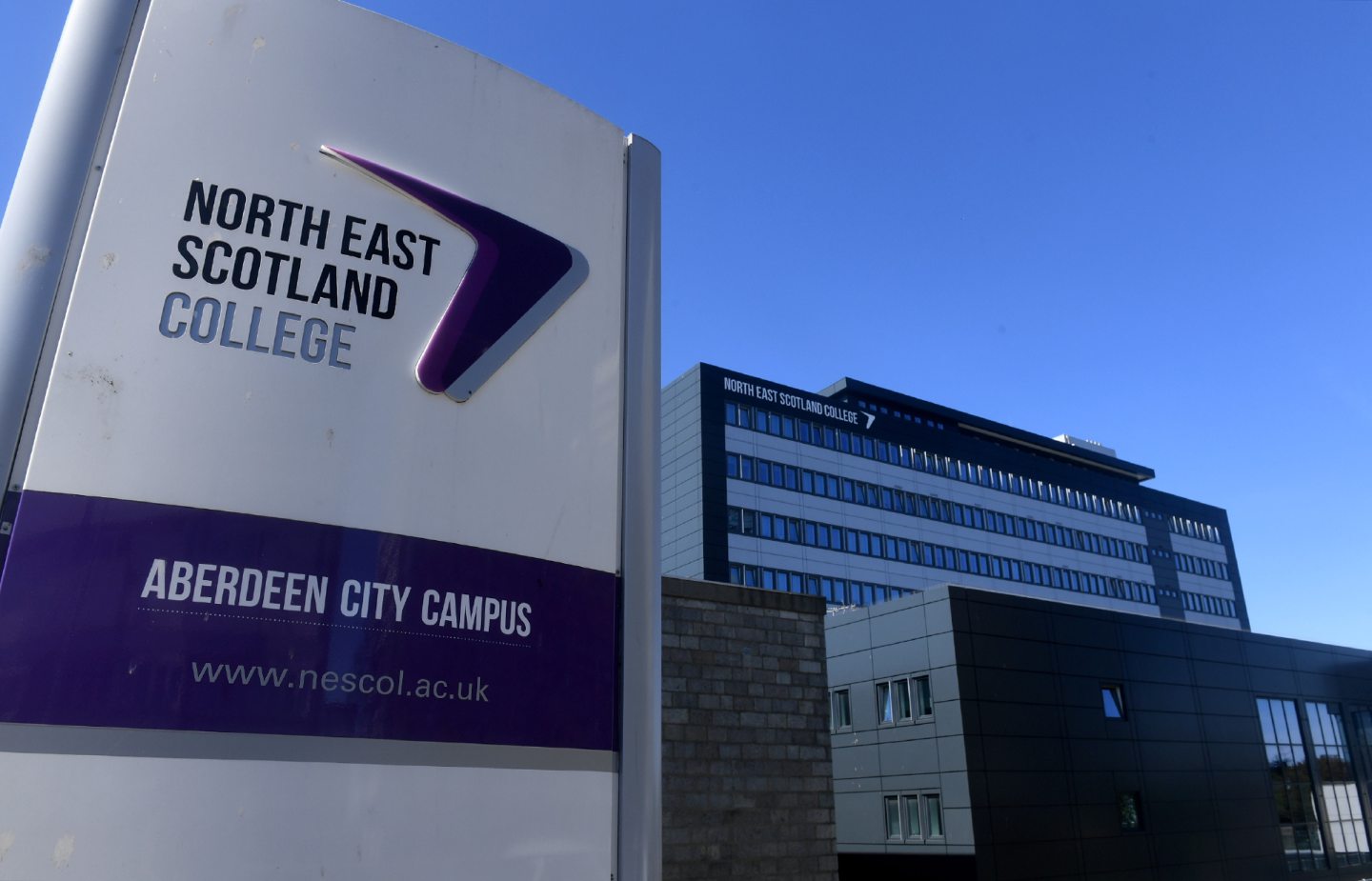Scotland is at a crossroads in its efforts to eradicate child poverty.
The government has set a bold target of reducing the number of youngsters caught in the deprivation trap to less than 10% by 2030/31. But, to achieve that figure, the correct decisions need to be made now.
Clearly, investment is needed to tackle a problem which has blighted Scotland for generations, and the Scottish Government’s decision to put the crisis – along with economic transformation and the climate emergency – at the top of its agenda is welcome.
 The government’s recently published Adult Learning Strategy identifies the key roles colleges will play in supporting those from our most challenged communities, by providing lifelong learning opportunities.
The government’s recently published Adult Learning Strategy identifies the key roles colleges will play in supporting those from our most challenged communities, by providing lifelong learning opportunities.
Allowing people from these communities to have the chance to fulfil their potential in life and employment will benefit the students as individuals, as family providers, and as contributors to the national recovery, where they will fill skills gaps and pay taxes from enhanced pay packets.
Local colleges are vital to ending poverty cycle
Around a third of all school leavers in Aberdeen and Aberdeenshire choose North East Scotland College (NESCol) as their next step. Crucially, Scotland’s 26 colleges remain the most popular learning destinations for our poorest young people, accounting for 38% of school leavers from those in the bottom 20% of the Scottish Index of Multiple Deprivation.
Here in the north-east, NESCol provides pathways out of the challenges which come with deprivation. Particularly important in this part of the country is that they also offer the skills and reskilling opportunities which are going to be vital to preventing relapses towards poverty for so many workers and their families in the coming years, as traditional industries change and new and exciting opportunities, notably in energy transition, gather pace.
Around 95% of college graduates move on to positive employment or other educational options. Those numbers show the sustainable nature of a colleges-led investment in eradicating child poverty.
With so many young people from the poorest socioeconomic backgrounds choosing colleges as their post-school destination, it’s vital that there is a positive pathway available locally which allows them to thrive. College students have access to support strategies to combat issues including digital, period and food poverty.
A lifetime of opportunities, not a quick fix
At NESCol, we take great pride in our vibrant and nurturing learning environment, tailored not only to the thousands of school leavers who join us each summer but, importantly, to the significant number of older adults who return to education every year.
Many adults studying at college are there to give themselves a route to a brighter future and gain a qualification which can increase their household income. They are studying for their children’s well-being, now and in the future, as well as their own.
If colleges are not able to provide these routes, health and social services will instead take the strain, with poorer outcomes over an individual’s lifetime, and a future generation of children who, with parents on the breadline, face a lifetime of deprivation.
Students can acquire the skills and learning required to ensure their families, and in particular their children, do not have to experience the misery of poverty
We’ve all heard the analogy about giving a man a fish or a fishing rod, and the lifetime of positive outcomes the latter provides rather than the quick-fix meal of the former. Colleges offer that self-same lifetime of opportunities for students, who can acquire the skills and learning required to ensure their families, and in particular, their children, do not have to experience the misery of poverty.
The Adult Learning Strategy identifies the challenges and outlines the plan for resolving it. But it’s vital that any route forward is sustainable and capable of making any solution more than just a sticking plaster attempting to cover a gaping wound.
Colleges are energised by the collaborative opportunities outlined in the strategy – working with employers, communities, training agencies and politicians – and committed to making a generational difference for those who need it most.
Neil Cowie is principal of North East Scotland College


Conversation